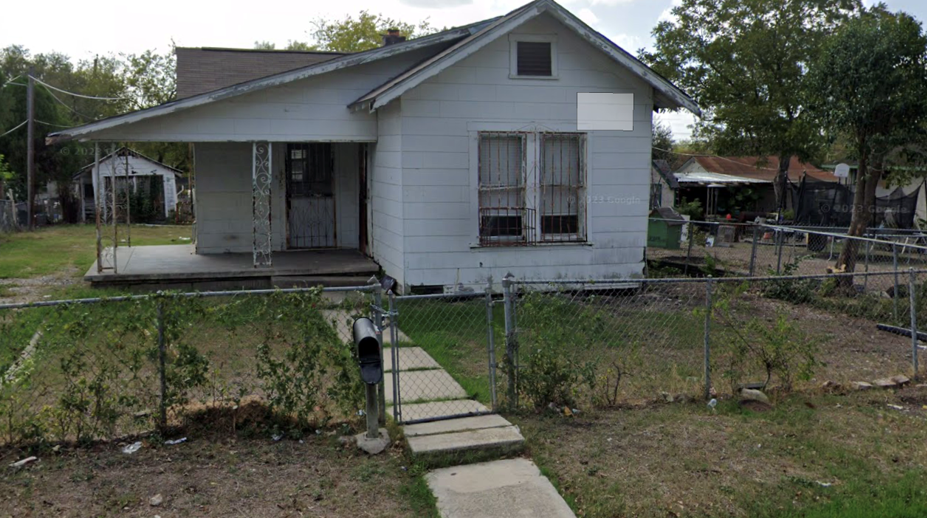Posted on April 18, 2024 by Sean M. Wood

Machine learning model can be used to target home rehabilitation resources for properties that are in need of support.
Cities across the Sunbelt are growing at a breakneck pace. The pressure to keep up with that demand is immense. Older and low-income housing is often the first to go in the name of urban renewal.
Esteban López Ochoa and Wei Zhai assistant professors of architecture and planning in the Klesse College of Engineering and Integrated Design developed a model to predict demolition orders and assess whether code enforcement is susceptible to perception bias. The model was created using machine intelligence and Google Street View images. Their work was published recently in the Journal of Planning Education Research.
“Our research shows that we can be proactive instead of reactive when it comes to trying to save older housing stock and preventing demolition,” López Ochoa said. “This model provides a way to target home rehabilitation resources to those homes instead of waiting for them to seek those resources. It also shows that code enforcement is susceptible to perception bias, and we should put in safeguards and be fairer in assessing housing quality and in code enforcement.”
“The mission of our coalition is to help people to have access to dignified housing and to educate people to their rights and affect policies that have a negative impact on them.”
He was quick to point out that this model was not created to evaluate how biased code enforcement was in the City of San Antonio. That department came under fire two years ago following a report from the University of Texas School of Law that said San Antonio used code enforcement 37.9 times more than other large metros to remove poor and minority residents. López Ochoa and Zhai linked to news coverage of that report in their study.
“There was a lot of discussion in the media if this report or that data was real or not,” López Ochoa said. “We weren’t trying to continue that discussion. We wanted to provide a potential solution to the problem instead of contributing to the debate of whether the issue was real or not.”
Their work has already found a champion in Leticia Sanchez of the Historic West Side Residents Association. López Ochoa said Sanchez and her group are validating the model he and Zhai created.
“The mission of our coalition is to help people to have access to dignified housing and to educate people to their rights and affect policies that have a negative impact on them,” Sanchez said. “Building inspectors look and see a house with weeds growing in the yard and they give a citation. They don’t realize those are medicinal plants the person in that house uses for home remedies. They don’t have the cultural awareness that’s needed. When someone gets a citation, we physically go to the house and let them know what recourse they have.”
López Ochoa said there was a time when no one considered racial bias or sensitivity training. Now training for police officers, corporate recruiters, and admission counselors is common. “We have all accepted that as the norm because we know biases exist,” he said. “We have shown that code enforcement bias in housing assessment exists as we’ve proven in this paper. Now we should act to prevent that bias from affecting people.”

